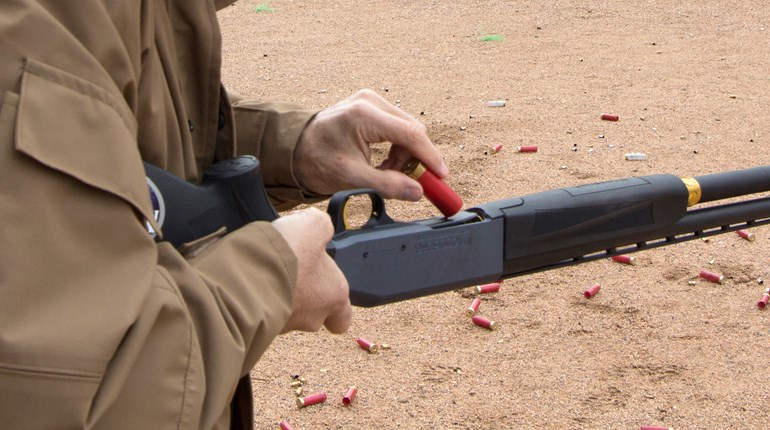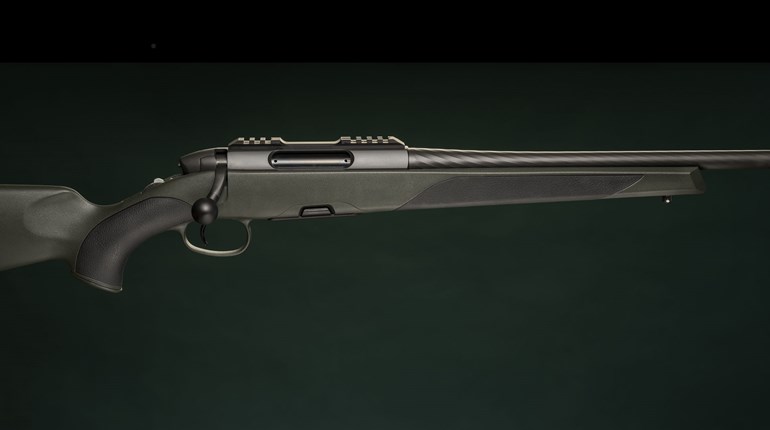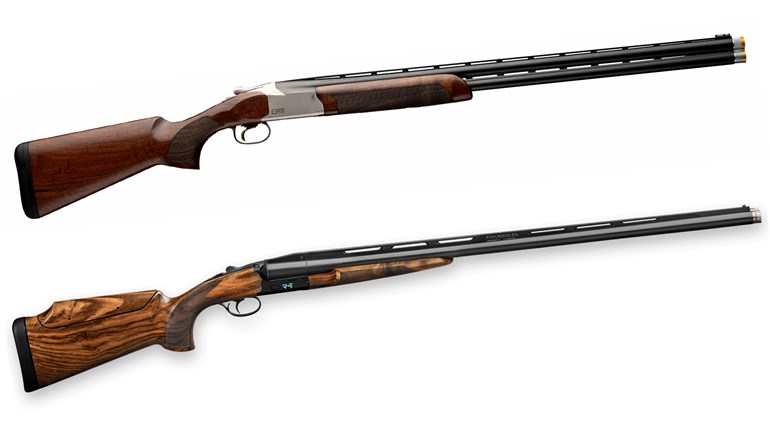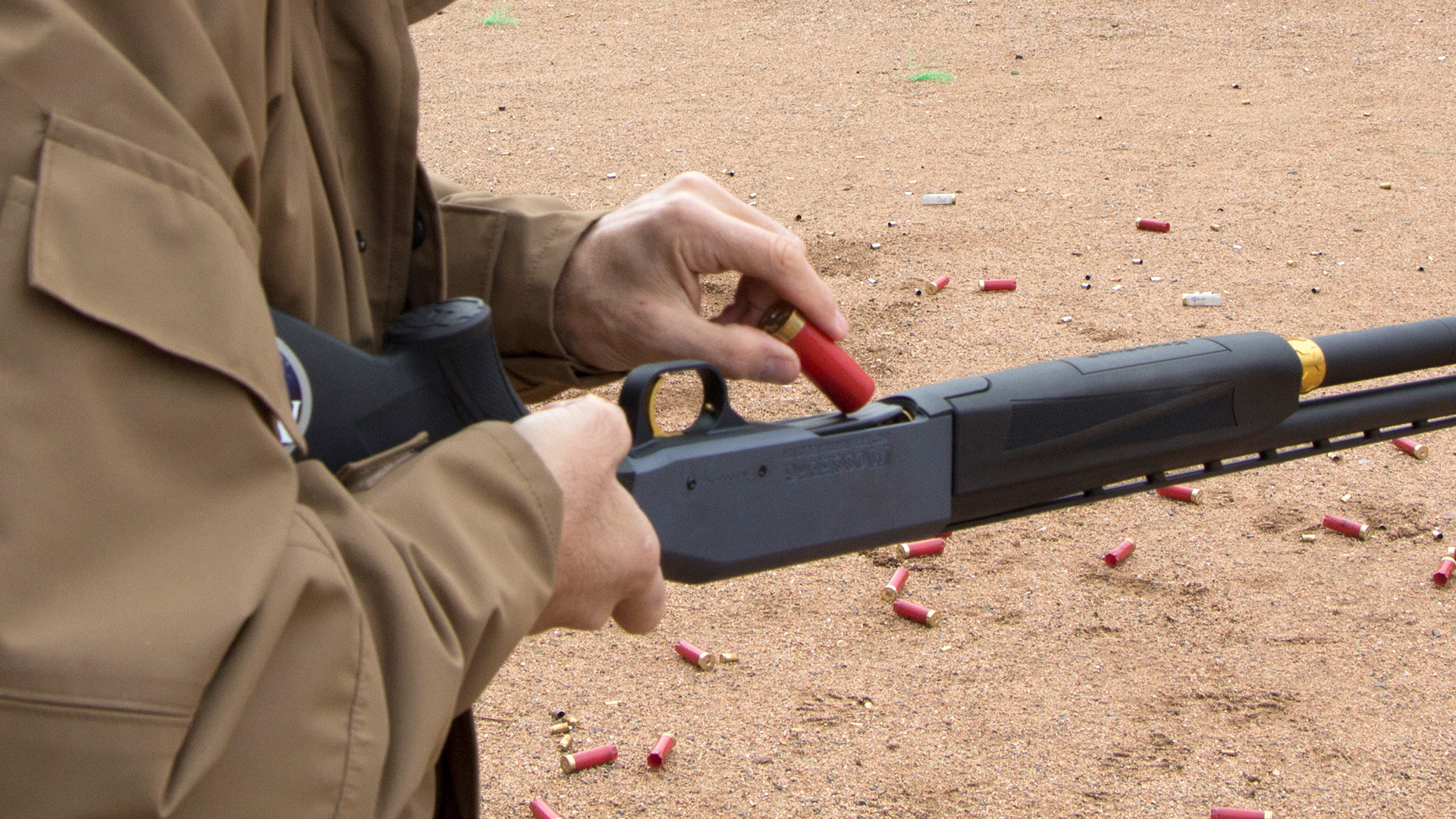
Editor’s Note: This column, running in the April 2019 Shooting Illustrated as “Stealthy Scatterguns,” spurred a few comments from readers who seem to have skimmed over the larger point of the article. At no point does this article suggest or intimate that homeowners ought to seek out criminals inside a home. At no point does this article suggest that homeowners ought to sneak up and shoot potential criminals unaware. At no point does the article say that stealth attacks are preferable to calling the police and holing up in a defensive position. It doesn’t say these things, because homeowners ought to call the police and retreat to a designated safe room. However, there are time when stealth and investigation remain prudent.
Unknown noises are a fact of life, and not every unknown noise will (or should) drive people to immediately retreat to a safe room while dialing 911. Law-enforcement officers will not be happy arriving to a suspected home invasion only to find that your storage bins in the garage fell over, particularly if this happens on a regular basis.
Additionally, even if a homeowner suspects a burglary or home invasion is taking place, children and other family members may be in other parts of the home. Getting children to a safe location is paramount before settling into a defensible location and announcing you are armed. Anyone who’s gathering information about an unknown noise or getting family to a safe spot inside the home would do well to move quietly.
We regret leaving room for incorrect inferences to be made, and that is entirely the fault of the editors.
Precious few of the tactical-training courses I’ve taken devoted any amount of time to the art of stealth while defending the home. That’s mostly because being quiet and hiding doesn’t do much for participants who paid to shoot hundreds of rounds downrange while moving, reloading, diving for cover and yelling “Clear!” as they pie a room and take out a cardboard army of bad guys (not that there’s anything wrong with that).
However, in a real-world, home-defense scenario where it’s just you against an unknown number of assailants, being stealthy can increase your odds of survival. If an attacker doesn’t know where you are—or if you’re even around—he’s less likely to harm you. Sure, there are times when making some noise could help you, but because you don’t know for sure, it’s usually best to remain silent in an attempt to get the upper hand. So, until any actual shooting starts, the shotgun itself should be made silent, you should practice noise discipline in your movements and your plan of defense should involve the element of stealth. Here are a few points to consider.
First off, make sure your staged shotgun, with whatever accessories you choose for it, is inherently silent. Some shotguns—especially some of the semi-automatic, piston-powered guns—naturally have some clanking parts to them. To tell if yours does, hold your gun, rotate it up and down and shake it. If it clanks, find the problem and remedy it if possible, or find another shotgun. If your setup wears a sling, make sure the swivels aren’t squeaky. If they are, oil the friction points, then give it a wrap of duct tape. Make sure your spare shells don’t rattle in whatever spare-shell holder you choose. (This is another good argument for a sidesaddle-type shell holder.) Moleskin, rubber bands and duct tape are your friends if any of your gear rattles, clicks or clanks during training—where you should find this stuff out. Just remember to practice with them to make sure your gear still works as intended.
Nearly all serious hunters know how to load, shoot and reload their shotguns with the least-possible noise. When hunting wild turkeys, for example, if a hunter mistakenly snicks off a safety when the bird is in range, that hunter will most likely be going home empty-handed because the turkey will run off before the hunter can shoot it. Rather, the astute hunter learns how to work a trigger-guard safety between the thumb and forefinger so it’s totally silent. Mossberg-style tang safeties are a little more difficult, but it can be done with practice. You should practice with your shotgun until reloading it and taking it off “safe” becomes second nature and silent.
If you need to check your shotgun to make sure it’s loaded, practice this until you can do it as silently as possible. Remember, several semi-automatic shotguns—like Benellis—have rotating bolt heads that need to go all the way back into battery or they won’t fire. Know what fully back into battery looks, sounds and feels like, or else you run the risk of hearing the loudest click you’ll ever hear. And then practice checking and reloading with the lights out.
Current NRA Director of Education and Training Eric Frohardt stresses the importance of moving through your house (if you must) stealthily.
“Any firearm manipulation should happen before you start a patrol, so the biggest stealth challenge is simply walking around the house without making noises,” says Frohardt. “There are a number of squeaky spots in my home and I actually practice avoiding them.”
You should, too. Also, think about the little things like opening door handles quietly and being aware of your shotgun’s muzzle so you don’t bang it into every door jamb. Like everything else, this requires practice.
Lastly, while most home defenders will be doing good to wake up in the middle of the night and coherently grab a shotgun and a flashlight, if you could opt for one more thing, it might be a pair of sneakers. Sure, socks are quieter, but socks are dangerously slippery on bare floors. Sneakers are quiet, provide traction and offer protection if you must dash outside, walk over broken glass, fight or whatever.





































